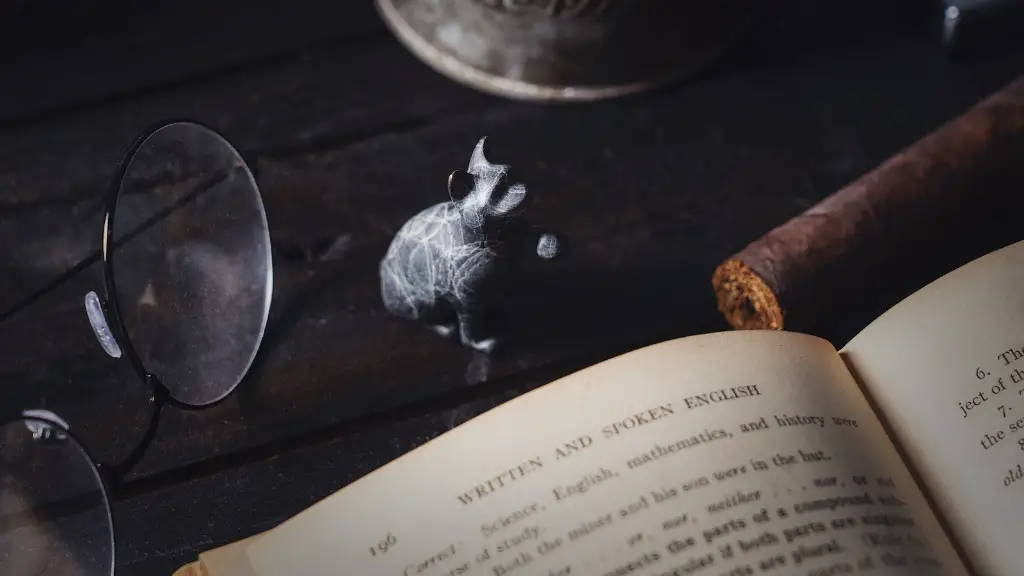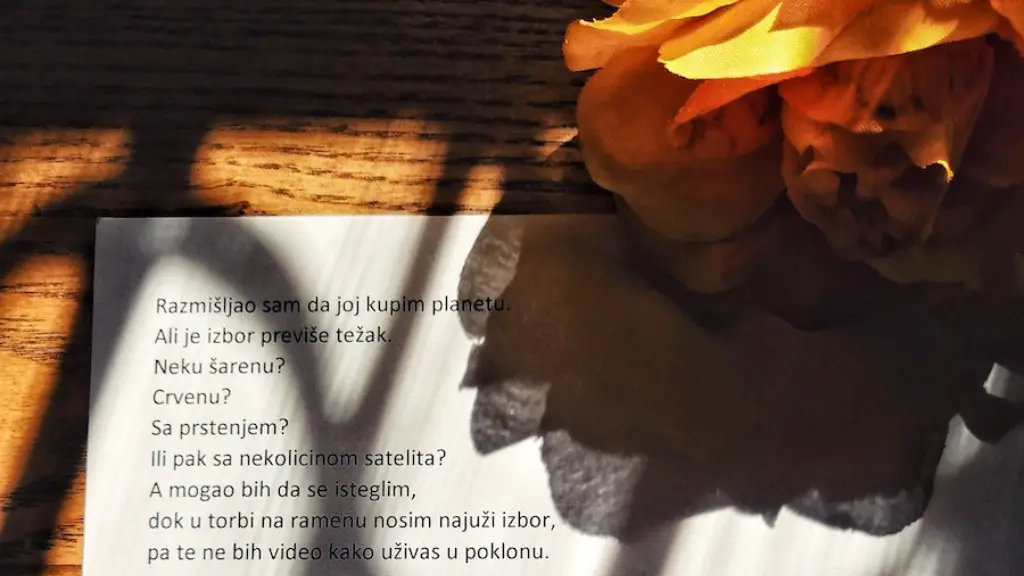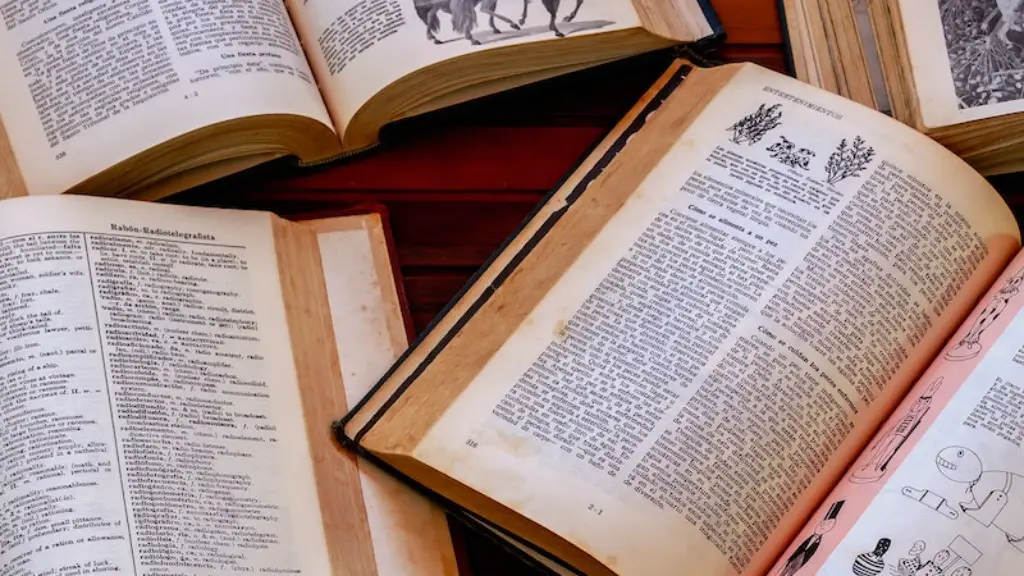What is Rhythm?
Rhythm can have many connotations, but in terms of spoken word and poetry it designates the cadence, or the actual flow of words and sound in a piece. It includes the length of syllable, or the duration of each syllable within the word, as well as the accentuation and punctuation of each phrase or line, which adds a sense of music to the poem or sequence. For example, the cadence of a piece of spoken word can simulate a complex pattern or sets a tone or atmosphere.
How Does Rhythm Help Poetry?
The rhythm of a piece of poetry is vital to its success: it helps it to pull the reader in and give them a sense of the emotion that it was written with. It gives the work shape and structure, and if used properly, enunciates each phrase or line in a unique way, allowing it to effortlessly glide off the tongue and clatter against the ear of the reader or listener. For example, take the Shakespearean sonnet, it has a rhythm that is both complex and simple which allows the audience to easily follow it and appreciate the beauty of it.
Different Types of Poetic Rhythms
When talking about rhythm in poetry, there are a few different types and forms that can be fit into a piece. The most common is iambic pentameter, which is formed out of 10 syllable lines, with the first syllable being accented and the second being unaccented. Iambic pentameter is the most used form of poetry, with some of the most famous works like Romeo and Juliet written in it. Other forms of poetry with different rhythms include trochaic, anapestic and blank verse.
Metre & Rhyme
The terms metre and rhyme are often seen used alongside rhythm, and although they are not necessarily the same, they are closely related. Metre is essentially the structure and organisation of a poem, the general pattern that a line will have – this is usually related to its rhythmic patterns, as the metre is a good indicator of the rhythms that it contains. Rhyme is the element of a poem that is used when the end of the line is repeated or has the same sound. Rhymes are usually used to give a poem an extra bit of depth and often help to bring a certain flow to it.
The Role of Rhythm in Modern Poetry
Rhythm isn’t just limited to poetic forms found in the Elizabethan era; it still plays a major part in the poetry that is written nowadays. Poets and lyricists often use it to express their ideas with greater emphasis and punch, using it to explain a concept in a way that is both simple yet still holds the element of complexity that makes it truly powerful. Despite the growing popularity of free verse, many poets still use traditional poetic structures such as sonnets and other forms to bring a greater sense of rhythm to their work.
Rhythm and Content
Rhythm is one of the most important elements of any poem or piece of spoken word, as it can often help set the tone for the work itself. For example, if a poem has a slower, more mellow rhythm, then it will be slower and more relaxed in its content, whereas a poem with a faster, more dynamic rhythm will be more fast paced and full of energy. Thus, it is important to make sure that the rhythms in a poem are synchronised and relevant to the content, as it will serve to enhance the message that the poet is trying to communicate.
The Complexity of Rhythm in Poetry
Writing with rhythm isn’t an easy task – it can take years of practice to master and make use of it effectively. However, once a poet has acquired a skillful understanding of it they can use rhythm to their advantage. It allows them to create complex patterns through their writing and make use of literary devices that would otherwise be hard to use. This is where the passion behind poetry can be found – the subtle play of sound and cadence, which transports the reader and gives them an emotional experience.
Rhythm in Other Poetic Forms
Rhythm isn’t limited to traditional poetry forms. It can be used in all types of spoken word, from rap to slam to storytelling. It is an important factor in making a piece of work captivating and enjoyable, as if used correctly it can help the work to become alive, drawing in an audience and helping them to understand the intent and meaning of the work. Different rhythms can be used depending on the nature of the work, allowing the artist to express themselves in a unique and creative way.
Rhythm and Performance
The use of rhythm in poetry can also help to enhance performances. As many poets like to recite their work to an audience, it is often a good idea to have a rhythm in mind, as it helps to keep the energy up during the performance, and adds a sense of tension and excitement to the piece. It also helps to bring the work to life and make it seem interactive, as many poets like to emphasise certain words and phrases with rhythm to draw in the audience.
The Use of Rhythm in Visual Arts
Rhythm can also be used in other forms of art, such as visual arts. By manipulating the pace and style of a painting or artwork, an artist is able to create the sensation of a rhythm, allowing them to convey a specific message or evoke certain feelings. This allows the artist to convey their thoughts and feelings in a unique way, and can be used to differentiate between pieces and make them stand out.
Rhythm and Language
Rhythm is also intertwined with language, as the cadence of words and phrases can often convey ideas and emotions that may otherwise be difficult to understand. Different words and phrases have subtle yet distinct patterns, and by stringing them together a poet can create an uncomfortable or comforting tone. This aspect of rhythm allows poets to more easily express themselves and break the limitations of language.
The Power of Rhyme
One of the most powerful aspects of rhythm in poetry is the use of rhyme. Not only does it provide a pleasing auditory sensation, but can also be used to further emphasise certain points and build up to a climax or a revelation. When used in conjunction with rhythm it can help to capture the attention of the audience and show the true power of a piece of poetry.



